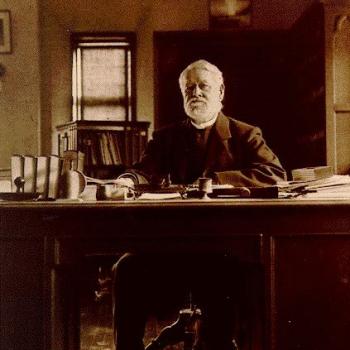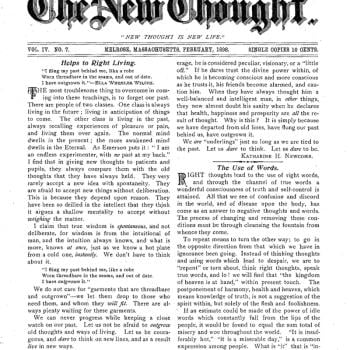Religious shrines come in many different shapes and sizes, as, of course, do definitions of “religion.” I have no doubt that in terms of its emotional and spiritual impact, one of America’s authentic holy places is at Shanksville, PA, the site of the new Flight 93 monument.
The story needs little retelling. On September 11, 2001, hijackers had taken an airliner, United 93, with the likely intention of destroying the US Capitol. Passengers and crew fought to retake the plane. Probably, they forced their way into the cockpit, but whatever happened, the plane aborted its mission and crashed into this field in Somerset County, in Western Pennsylvania. All aboard were killed. (Although it takes some historical liberties, Paul Greengrass’s 2006 film United 93 is a superb reconstruction of the event).
Remember the searing trauma of 9/11? Now imagine how you would have felt at the end of that day if the US had also lost its Capitol, its ultimate political icon. Because of what happened on Flight 93, that did not happen.
There is, as I say, a splendid new monument, which you can read about in an excellent report by John Luciew of the Harrisburg Patriot. I’m sure it’s a wonderful place, and an architectural triumph (no irony intended). However, it can never replace for me (or many others) what Luciew calls “the old make-shift memorial,” “the hodgepodge, but heartfelt spontaneity of the people’s memorial.” This was a completely spontaneous popular shrine that emerged on a remote field site. “The raw, ugly impact crater still smoldered when the first Shanksville residents and Flight 93 family members began bringing flowers, ribbons and flags. Later, Americans from all over — and people from around the world — came carrying angels, military hats, first-responder patches and hand-scrawled messages of thanks, respect and awe.”
People left cherished possessions: teddy bears, Mickey Mouse figures, football jerseys, Christmas tree angels, flight attendant uniforms – not to mention bricks taken from a shattered Taliban stronghold in Afghanistan. Someone put together an army patch for “Firebase 93,” proclaiming that the passengers were the precise equivalent of military forces on the front line in Vietnam. In a matter of minutes aboard the plane, they had become the People’s Militia.
Two practical notes.
First, if you are ever teaching a course on religion or religious behavior, you could choose no better illustration of the human religious impulse, the seemingly universal tendency to consecrate uniquely special places, to form a material link to the higher powers. Whatever your cultural background, when you realize that “the Lord is in this place,” you commemorate that fact in remarkably similar ways.
Second, if you ever go to Shanksville, you may not manage to see the whole place, not because it’s too large or complex, but because it is so wrenching. You often see people so utterly overwhelmed by emotion that they cannot complete their visits and have to return to their cars. You see a lot of tears.
I’ve seen this often enough at first hand. True story from my own observation: a woman standing at the old shrine with her young daughter, tears streaming. The girl asks why mommy is crying. Why are you sad? No, she explains, I’m not sad, I’m just proud that our country had people like this.
Luciew reports a familiar case: “Nona Pagano never made it to the [commemorative] wall, etched with the names. Not because the walk was too long, but rather her emotions were running too close to the surface. For the southern New Jersey resident, Flight 93 passenger Todd Beamer, who famously said, ‘Let’s Roll,’ was a local hero. And many of those lost in the Twin Towers hailed from her home state. In a field in Somerset, all of it came rushing back. ‘I don’t want to read the names,’ Pagano said, shaking her head sternly. ‘It’s too much. My emotions are up to here. They knew they were going to die. They knew it’.”
Luciew also remarks a phenomenon that is very familiar to locals and neighbors, namely Shanksville’s astonishing magnetic pull. Driving in the vicinity, they see the name and suddenly cancel their other plans in order to make … what is this but a classic pilgrimage? “Ron Andrus and Carrie Barton were on Route 30 when they saw the sign. Something just clicked, and the Galeton, Potter County, couple turned in. ‘We knew it was out here somewhere,’ Andrus explained of a decision he still doesn’t quite understand. ‘We just wanted to stop’.”
So far, two million have visited the site, and they expect another 350,000 a year in the future. But at the risk of sounding like a geezer, I just wish they could have seen the old place.












